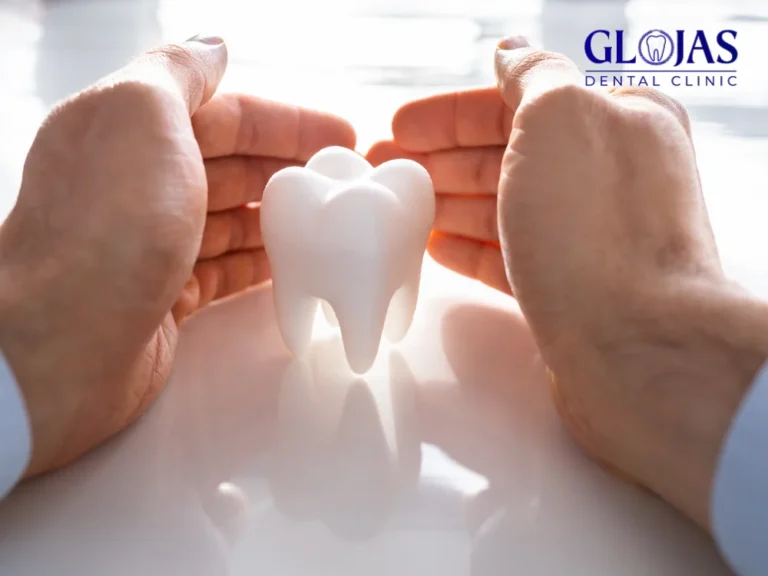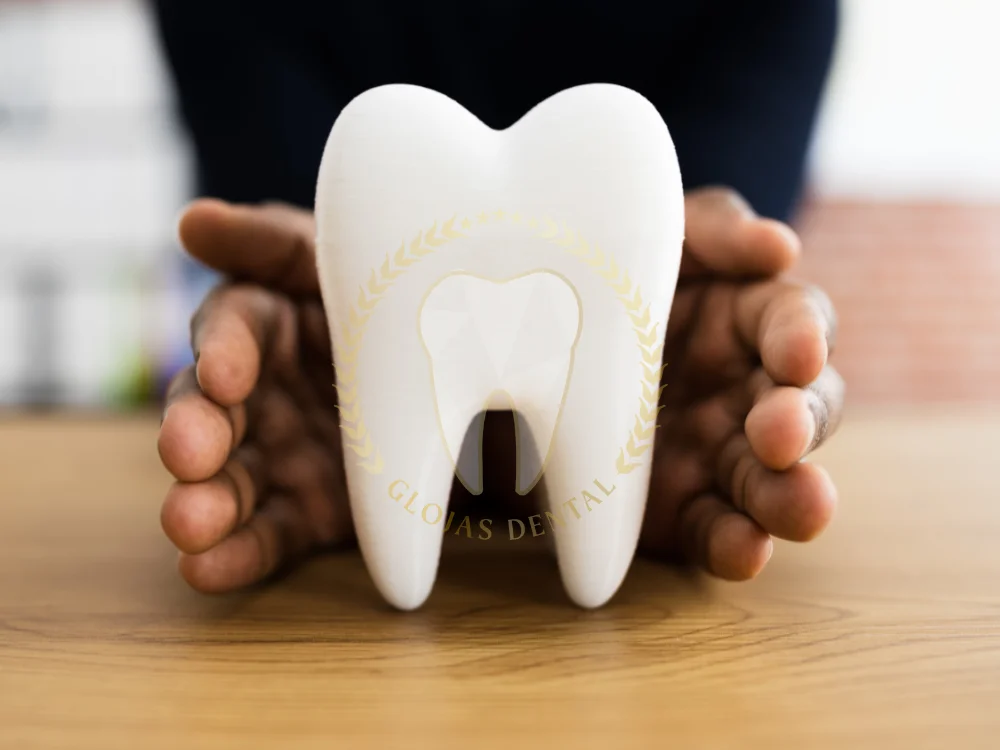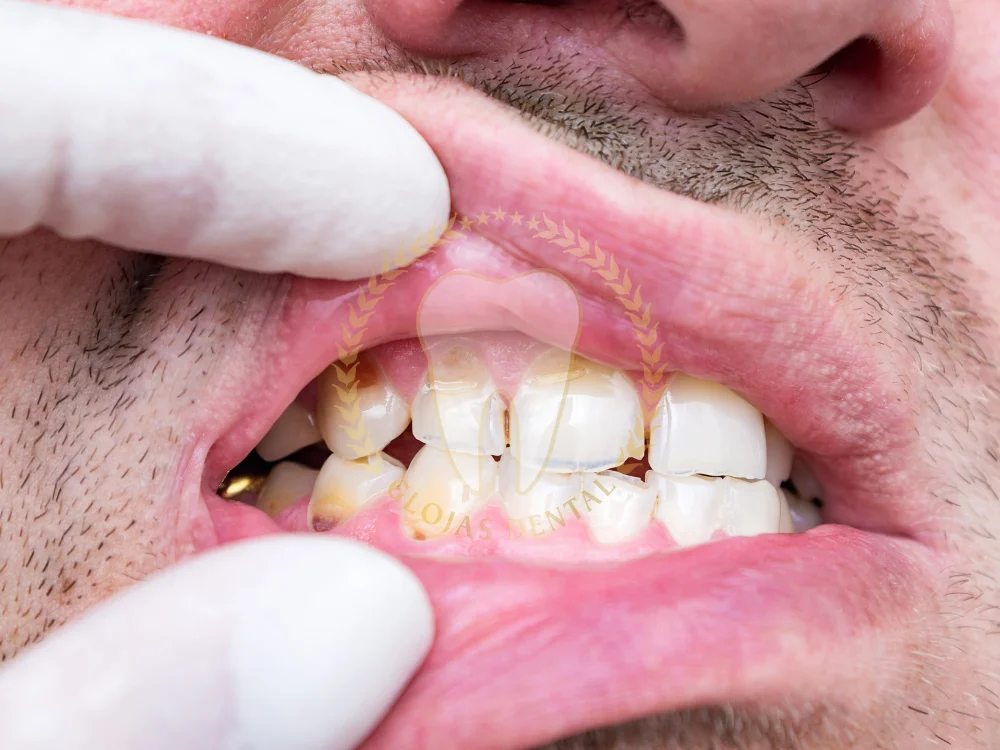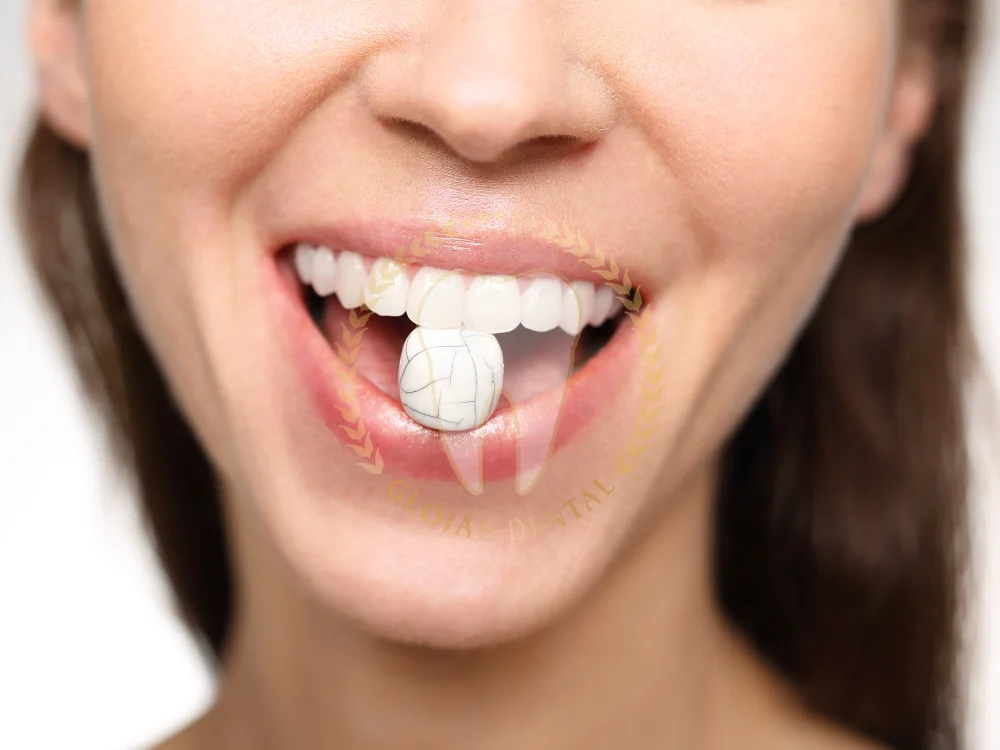Lost enamel on teeth? Tooth enamel, the hard, protective outer layer of your teeth, is essential for maintaining oral health and a beautiful smile. It shields the underlying dentin, a sensitive layer that contains nerves. When enamel wears away, it can lead to a host of dental problems, including tooth sensitivity, discoloration, and an increased risk of cavities.
Several factors can contribute to enamel erosion, such as acidic foods and drinks, excessive brushing, teeth grinding, and certain medical conditions. Understanding the causes of enamel loss is crucial for preventing further damage and restoring the health and appearance of your teeth.
In this comprehensive guide, we will delve into the causes, effects, and treatment options for lost enamel on teeth. We will explore preventive measures, professional treatments, and at-home care tips to help you regain a healthy and vibrant smile.
What Is Tooth Enamel, and Why Is It Important?
Tooth enamel is the hard, outer shell that protects the delicate inner layers of your teeth from damage and decay. Despite being the hardest substance in the human body, enamel is not invincible. It cannot regenerate once lost, making it essential to protect it.
The Role of Enamel in Dental Health
- Shields teeth from acids, bacteria, and physical damage.
- Preserves the structural integrity of teeth.
- Prevents tooth sensitivity by insulating the nerves inside your teeth.
Signs and Symptoms of Lost Enamel on Teeth
Recognizing the early signs of enamel erosion can help you address the problem before it worsens. Common symptoms include:
- Increased tooth sensitivity, especially to hot, cold, or sweet foods.
- Yellowing or discoloration of teeth as the underlying dentin becomes exposed.
- Rounded or rough edges on teeth.
- Visible cracks or chips in the teeth.
What Causes Lost Enamel on Teeth?
Understanding the root causes of enamel loss can help you take preventive measures. Some common culprits include:
1. Acidic Foods and Drinks
Frequent consumption of citrus fruits, sodas, and vinegar-rich foods can erode enamel over time.
2. Poor Oral Hygiene
Neglecting regular brushing and flossing allows plaque to accumulate, producing acids that wear down enamel.
3. Teeth Grinding (Bruxism)
Grinding or clenching your teeth, often during sleep, puts pressure on the enamel, causing it to wear away.
4. Acid Reflux
Stomach acids that reach the mouth due to acid reflux or GERD can attack enamel.
5. Overbrushing
Using a hard-bristled toothbrush or brushing too aggressively can strip enamel.
The Impact of Lost Enamel on Teeth
Enamel erosion can lead to several dental health issues, including:
- Tooth Decay: Exposed dentin is more vulnerable to cavities.
- Sensitivity: Thinner enamel makes teeth more sensitive to temperature and certain foods.
- Aesthetic Concerns: Discoloration and worn edges can affect the appearance of your smile.
How to Prevent Further Enamel Loss
Prevention is key to maintaining strong enamel. Here are some actionable tips:
Modify Your Diet
- Limit acidic foods and beverages.
- Drink water after consuming acidic items to neutralize the pH in your mouth.
Adopt Proper Brushing Techniques
- Use a soft-bristled toothbrush and fluoride toothpaste.
- Brush gently in circular motions to avoid damaging enamel.
Protect Against Teeth Grinding
- Wear a custom-fitted nightguard to minimize damage from bruxism.
Stay Hydrated
- Chew sugar-free gum or consume water regularly to stimulate saliva production, which helps remineralize enamel.
Solutions for Lost Enamel on Teeth
While enamel cannot regenerate, several treatments can address the effects of enamel loss and restore your smile’s health and appearance.
1. Fluoride Treatments
Fluoride strengthens existing enamel and helps prevent further erosion. Your dentist may recommend professional fluoride treatments or high-fluoride toothpaste.
2. Dental Bonding
For minor enamel loss, dental bonding can cover exposed dentin and improve the tooth’s appearance.
3. Veneers
Thin porcelain veneers shells can be applied to the front of teeth to protect against further damage and enhance aesthetics.
4. Crowns
Severe enamel erosion may require crowns, which fully encase the damaged tooth for protection and strength.
5. Remineralizing Products
While they cannot replace lost enamel, remineralizing gels and treatments can repair weakened enamel and reduce sensitivity.
Can Enamel Loss Be Reversed?
Unfortunately, enamel loss is permanent. However, the effects can be managed and minimized through proper dental care and professional treatments. Maintaining good oral hygiene and visiting your dentist regularly are crucial to protecting your teeth.
Lifestyle Changes to Protect Your Enamel
- Reduce Sugary and Acidic Intake: Replace soda and fruit juices with water or milk.
- Use Enamel-Safe Toothpaste: Opt for products designed to strengthen enamel.
- Avoid Teeth Whitening Products: Some whitening treatments can exacerbate enamel erosion.
Frequently Asked Questions FAQs
1. What should I do if I suspect enamel erosion?
Consult your dentist for a thorough evaluation and personalized recommendations.
2. Can diet alone protect my enamel?
While diet plays a significant role, good oral hygiene and professional dental care are equally important.
3. Is it normal for teeth to lose enamel with age?
Yes, enamel naturally wears down over time, but proper care can slow the process.
4. How often should I visit my dentist to monitor enamel health?
Twice a year is recommended, but more frequent visits may be necessary for those at higher risk of enamel erosion.
5. Can I prevent enamel loss if I already have acid reflux?
Yes, managing acid reflux through medication and dietary changes can reduce its impact on enamel.
6. Are over-the-counter enamel repair products effective?
They can help strengthen enamel, but professional treatments are often more effective for significant erosion.
Conclusion
Enamel erosion is a serious dental condition that can lead to a range of oral health problems, including tooth sensitivity, decay, and discoloration. While it’s essential to address the underlying causes of enamel erosion, there are several preventive measures and treatment options available to mitigate its effects.
By adopting good oral hygiene practices, such as brushing twice a day with a fluoride toothpaste, flossing regularly, and limiting acidic food and drink consumption, you can help protect your teeth from further enamel erosion. Additionally, regular dental check-ups are crucial for early detection and treatment of enamel loss.
If you’re experiencing symptoms of enamel erosion, such as tooth sensitivity or visible wear, it’s important to seek professional dental care. Your dentist can assess the extent of the damage and recommend appropriate treatment options, which may include fluoride treatments, dental bonding, or dental veneers.
By taking proactive steps and working closely with your dentist, you can effectively manage the impact of lost enamel on your teeth and maintain a strong, healthy smile.



